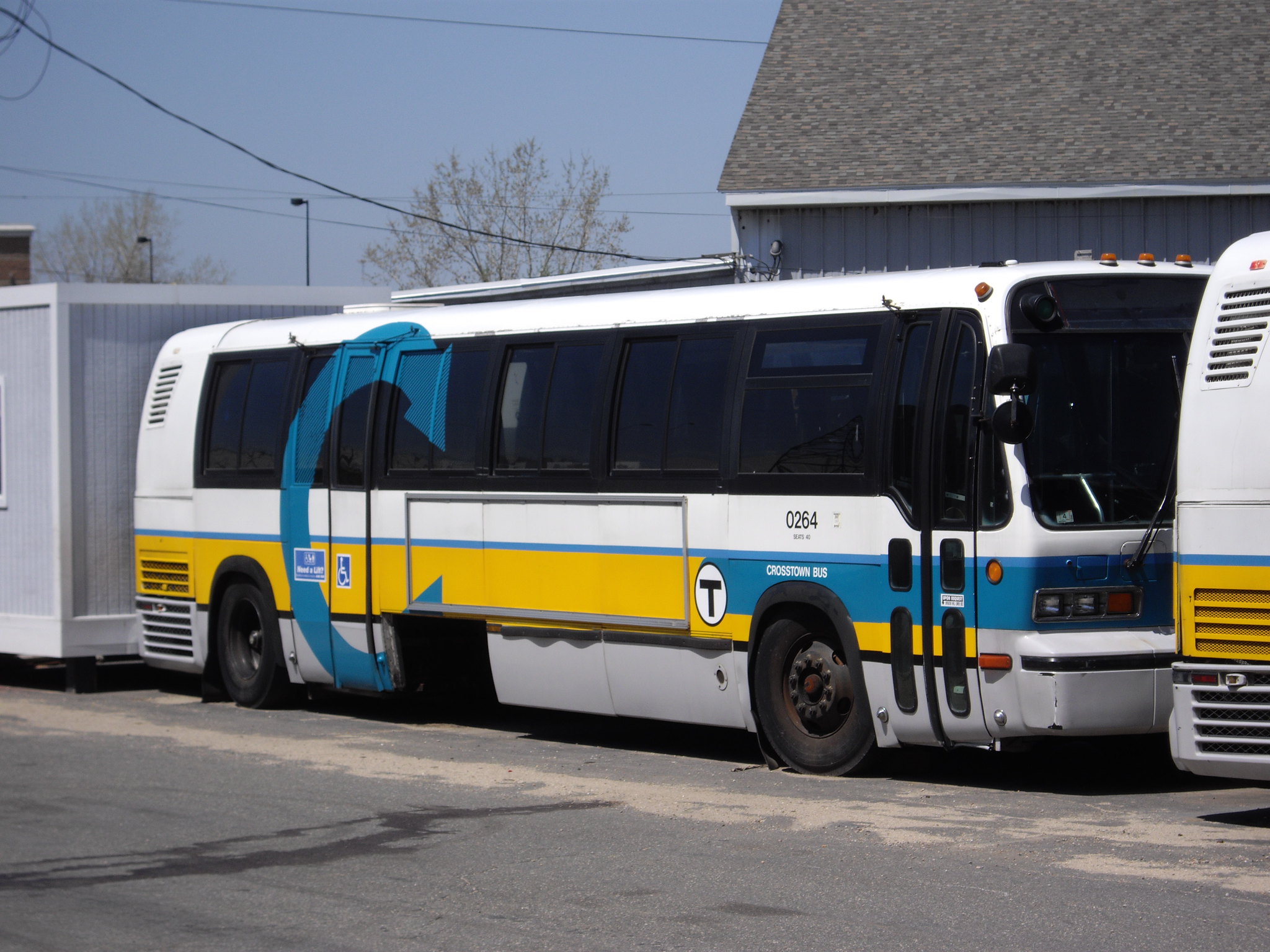This seems plainly true to me. Is there evidence to suggest otherwise?
It may be true for Nubian, but as for other communities,
I can't find evidence that MBTA will never, ever, ever consider rail rapid transit to Everett, Chelsea, and other corridors that SL3x/SL6 will cover.
Also, part of my point was that evidence directly supporting "MBTA do want rail to Everett" may be hard to find, for complex reasons beyond "they hate Everett". Specifically:
- Rail rapid transit projects unfortunately progress at a slow, decadal pace. Worse still, no agencies have a concrete long-term plan for how the transit network will look like after multiple projects (unlike LA, Seattle, etc).
- Other projects may take higher priority. Because of the previous point, we unfortunately have a huge backlog of projects (NSRL and electrification, Lynn, West Roxbury and Needham, Arlington, many segments of Urban Ring, etc). It's hard to argue that Everett, Chelsea, and Sullivan-Kendall trump everything here, but that doesn’t necessary mean they won't be on the radar.
In fact, I'd think the need for SL3x/SL6 increases precisely because of these two factors, which mean Everett and Chelsea may need to wait an undetermined number of decades to get rail rapid transit. Having BRT (or at least vastly improved bus service) would at least address their needs in the interim, instead of waiting decades for the "perfect" solution.
I do acknowledge that it's even harder to prove "MBTA won't ever consider rail", as you fundamentally can't prove a negative. But the inability to prove either side of the coin should at least make it a grey area, and not something plainly obvious.
Lastly, given that 95% of fan-made Urban Ring proposals go through Everett and Chelsea, it's difficult to imagine MBTA will purposely skip them if/when they restart planning efforts for the Urban Ring, with or without SL3x/SL6.
(I'll note that even for Nubian itself, the 2003 Program for Mass Transportation studied an alternative of converting SL5 to a Green Line branch, and it scored very highly on ridership. The ultimate decision to rate it "low priority" has more to do with the BRT-centric mindset of that era, specifically its conflict with the ongoing SL Phase III planning, and not due to the project's own drawbacks. So it's technically also incorrect to say planning agencies have never considered rail to Nubian.)
I feel like ever since I learned about this it's seemed very odd to me that nobody is proposing restoring the elevated. You would think with the focus on equity nowadays that the fact we replaced heavy rail service to a poorer area with a literal bus, and then gave hip Jamaica Plain the heavy rail, there would probably be some lasting campaign to fix this. Obviously the SL was the replacement for transit service in that area. I don't think the MBTA intends to revisit the area, heck I don't see anyone on this forum talking about it as much as they talk about things like the urban ring!
In addition to what
@kdmc mentioned above regarding a surface Nubian branch, some such as
@Riverside and myself have even gone a step further and proposed an I-93 Elevated to bring rapid, grade-separated transit to Nubian. So at a grassroot level, the momentum certainly exists.
There's another factor: People may still be against Els because of their negative impressions of Els from the last century. Truth to be told, they weren't constructed well, and were heavily disruptive to the surroundings. A complication is that those who were most affected by Washington St El are actually
South End, not Nubian, and it's a neighborhood that has rapidly gentrified even just in the last 10 years. Not only may they expect the same disruption from the 1901 El
(even though that's not necessarily true with modern Els), but they'll get longer stop spacing than SL4/5, making it even less likely for them to support it.
Per F-Line's comment, there is plenty that they could have done to make the SL more like BRT, and they haven't yet. Do we think they will at some point in the future? Why?
For one thing, F-Line's list of improvements was regarding SL
Waterfront, whereas I was referring to the phenomenon that anyone who hear of SL may immediately expect standards similar to SL
Washington. In fact, that's exactly what happened in the comment I initially quoted.
(Despite the many areas of improvement that F-Line quoted, SL Waterfront's main trunk is decidedly not "just a bus".)
For another, I wasn't suggesting that any MBTA attempts need to have a strong "BRT score" for the subsequent train of thoughts to happen.
Something that's technically not "fully real BRT" can still be a big improvement, and can still be a good faith effort*. I know there's been disagreements regarding whether the proposed SL3x is "real BRT", but even if it's not, it's most likely still much better than other alternatives. Holding out a good "partial BRT" for a perfect "real BRT" is just like holding out a good BRT of any kind for a perfect rail service.
* In the case of SL3x, this is especially true if the decision for street-running into Everett Square was precisely for the benefit of (mayyybe even demand from) Everett itself.
